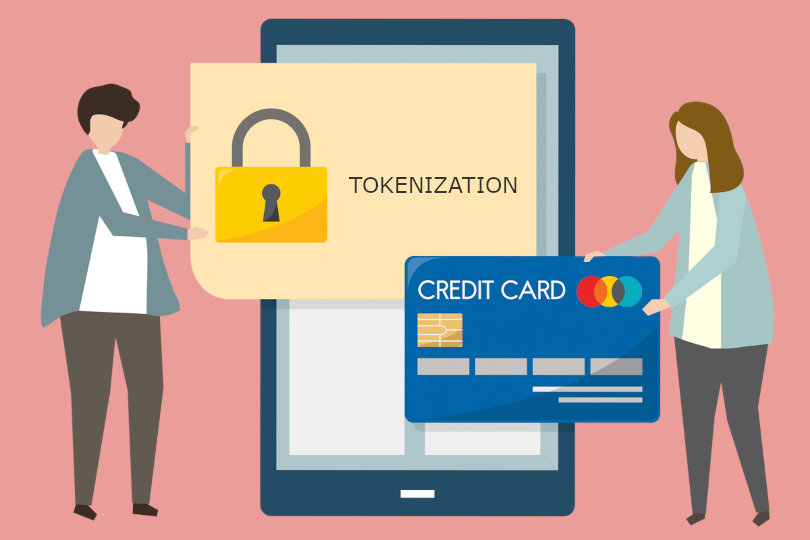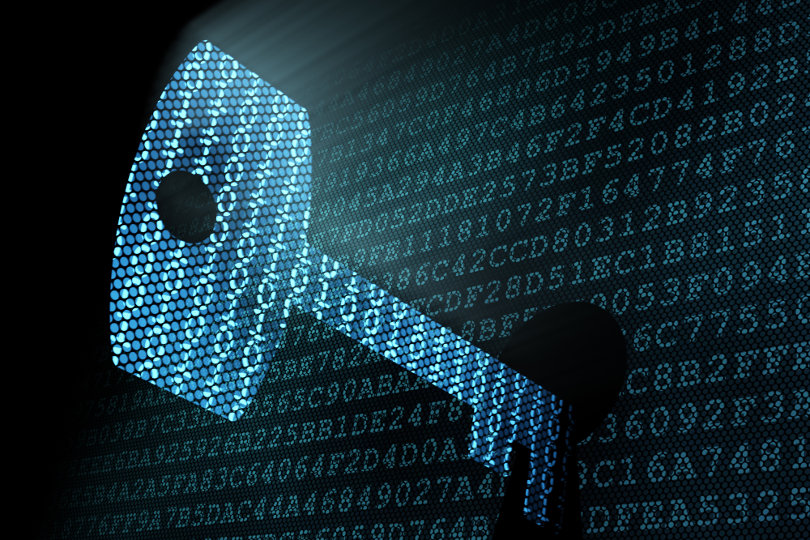Tokenization is designed to defend confidential types of information from possible fraud or system hacks, which may cause a lot of troubles for the enterprise and the client as well. Together with tokenization service integration, companies are also recommended to remember that they must be compliant with the industry demands (PCI DSS). And this technology is a great option for this purpose, as it substantially reduces the costs to meet industry rules.

What Does PCI Mean in Tokenization?
PCI DSS is a set of industry rules, which companies that accept payments should follow. The key demand claims that enterprises are obligated to provide secure storing of users’ information, especially those which relate to CHD (cardholder data). The main task is to ensure that customers’ personal information won’t be revealed to unauthorized parties.
The process of tokenization means that we replace all the original information with non-confidential units — tokens. And the best part of it is that tokens have no value outside their environments, which means they can’t be used by thieves.
So, key benefits a company may get are:
- Enterprises reduce the amount of data, that they need to securely store, which accordingly decreases the cost to match with PCI
- Enterprises minimize the risk to be penalized or fined by the industry regulator
Tokenization PCI Implementation
As mentioned, data protection is the main purpose of tokenization. Let’s consider some options when we may consider tokenization solutions for PCI.
Companies can extend their platforms by:
- Providing regular validation to check how efficient tokenization works when it comes to protecting personal information from being revealed outside its environments, or even from fields, which are not under PCI scope.
- Inspecting tokenization solutions to ensure it works in a proper way and provides a high-security level.
- Minimizing various risks related to tokenization, in such things as deployment, deTokenization, the process of encryption, etc.
If we pay attention to how tokenization is implemented and ensure it works as it should, we can make it easier to meet requirements, and also avoid confidential information like CHD, or PII exposure.

Main PCI Demands
The reason behind industry standards companies need to follow is to safeguard CHD during all of the processes it may take part in.
While performing tokenization we should ensure that:
- Any confidential types of data wouldn’t be exposed during both tokenization and deTokenization processes.
- All of the elements involved in tokenization are kept within internal networks, which also are highly protected.
- There is a secure communication channel between each of the environments.
- CDH is secured and protected with encryption while storing, and also when transferring via networks, especially if those are public.
- All the necessary steps to provide authorized access control only were taken.
- The system has solid configuration standards to avoid vulnerabilities and possible exploits.
- CHD can be securely removed when needed.
- All the processes are monitored, accident reports enabled, and when problems occur, the system has an appropriate response to fix them.
By applying recommendations, enterprises can both minimize the risk of hacks and meet industry regulator rules.
Tokens and Mapping
When we already know what is tokenization, let’s look closely at its main elements — tokens. These units act as a representation of the original information, which was replaced. At the same time, tokens are mapped to it, without exposure, as these are random symbols, numbers, letters, etc.
The system creates tokens by using different functions, which can be based on cryptographic methods, or hashing and indexing.
In the token-creating process, we should also meet industry rules, some of these include:
- Units that have replaced original information (PAN) can’t be reconstructed with knowledge of tokens.
- The inability of the prediction of full information with access to token-to-PAN pairs.
- Tokens should not reveal any information or values if hacked.
- The authentication data can’t be tokenized in any way.
Another part of token compliance is its mapping. Just like with the creating process, once the token is generated and linked with the information it has replaced, there are a set of rules for the mapping process as well. These include:
- Mapping tools can be accessed only via authorized parties.
- The original information replacement process with a linked to it token should be monitored to avoid authorized access.
- All of the mapping process components meet PCI guidelines.
Token Vault
Same as with mapping systems, storage, where the original CHD is kept, also should match with the PCI set of rules.
Once the token is created, the real information behind it comes to the vault and is mapped with a corresponding token.
According to the guidelines, companies should ensure high-security standards for the vault, as all confidential information is stored here. Thus, in the case, when storage was hacked, the protection provided by tokens is useless anymore.

Key Management
To avoid any possible vulnerabilities, all the components which take part in the tokenization process, such as token creation, usage, and data protection, must be managed properly with solid encryption.
The management of the cryptographic keys includes such rules as:
- There should be high-security controls over the vaults, where PAN and tokens are stored.
- Ensuring that keys, which are used to encrypt PAN, are generated and stored in a secure way.
- Both token creation and deTokenization processes are protected.
- All of the tokenization components are available only in defined environments within the scope of PCI.
Tokenization Solutions to Meet Requirements
The main reason behind tokenization is both providing secure environments, as well as data-keeping and transmitting, and meeting industry demands. With properly performed tokenization, enterprises can feel free about their security systems, and the possibility of being penalized by regulators.
It is recommended to ensure that your tokenization vendor matches PCI guidelines before you sign the contract, as you are the one who pays for non-compliance and has all the responsibility toward regulators.







